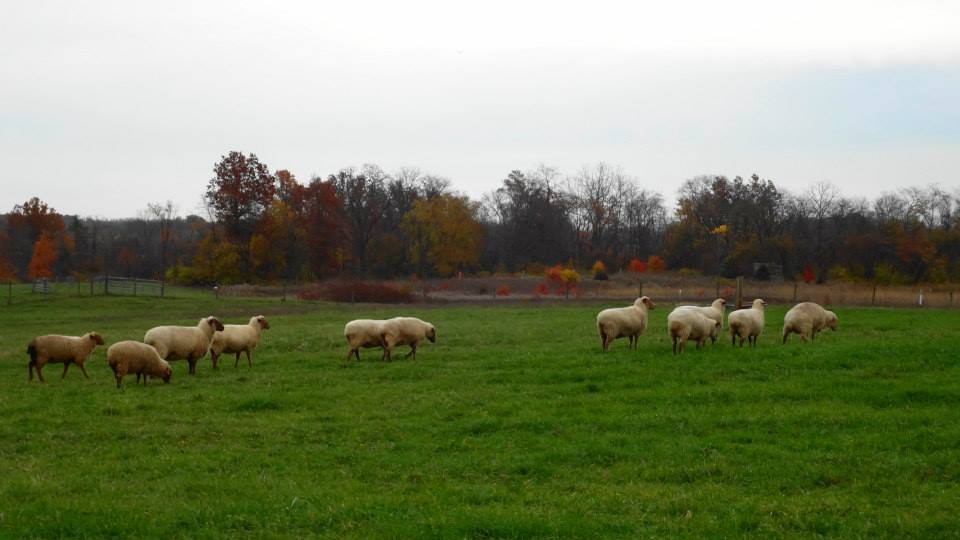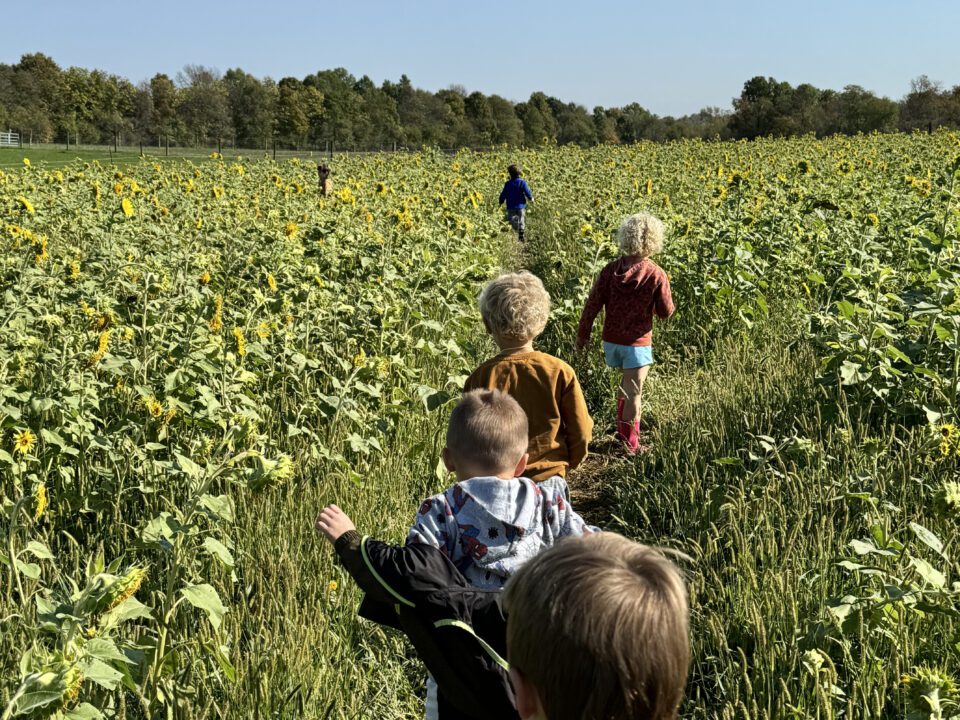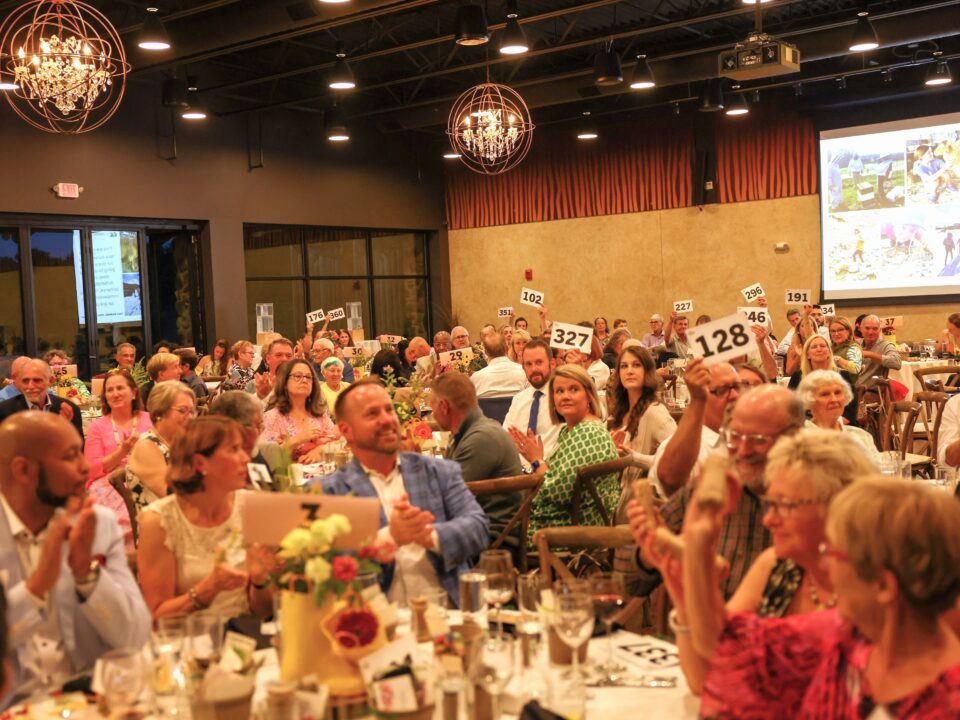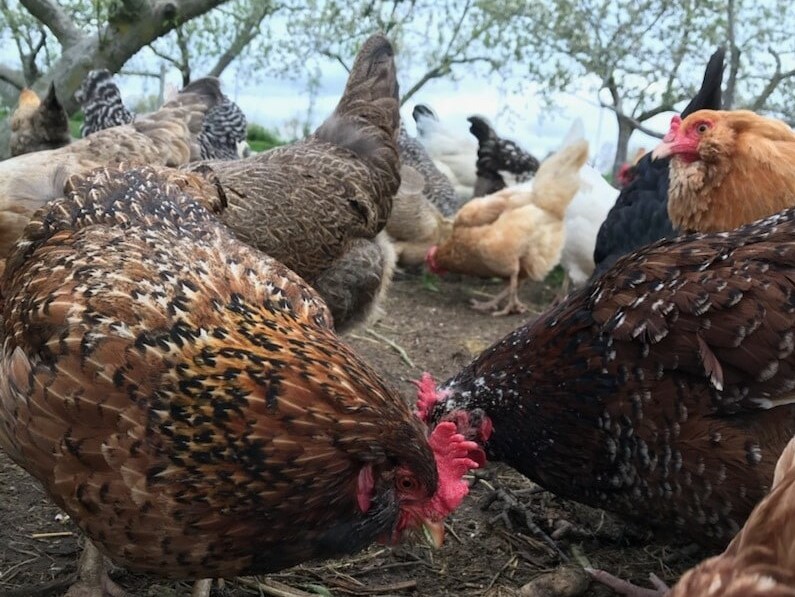
Stratford’s Happy Hens Produce Plentiful Eggs
February 5, 2011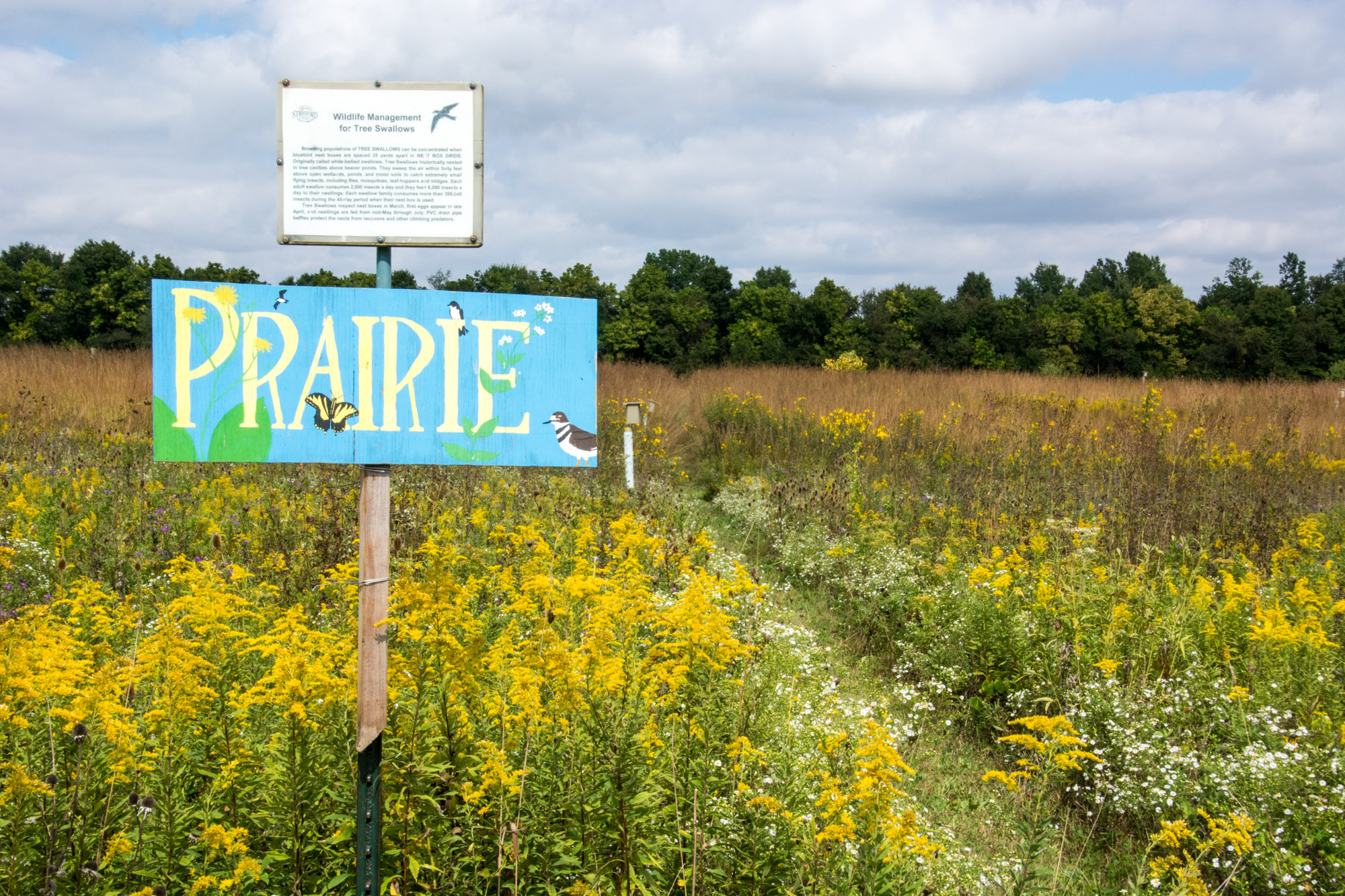
Discover the Source of a Spring Tonic
April 2, 2011Published in The Delaware Gazette: March 5, 2011
The early morning arrival last Saturday of the first of this year’s lambs, actually twins, caught everyone by surprise at Stratford Ecological Center on Liberty Road. Our intent was to separate the pregnant ewes from the rest of the livestock, and augment their hay with grain, in preparation for birth and lactation. Evidently, our Tunis ram, with his distinctive reddish face, wasted no time in breeding with the ewes last October, and the twins arrived slightly ahead of OUR schedule!
Bo Bo the llama, our young steers and the nanny goats took the turn of events in their stride, as the long‐legged, black‐faced Hampshire gave birth to a reddish colored and a black lamb. Since then, three singles have arrived, including one with a big white spot on its forehead. This lamb’s timing was perfect, as it arrived on Sunday afternoon during our bi‐annual reception, a time when we say thank you to those who support us by being a Friend of Stratford.
It was wonderful to be out and about on the farm last Tuesday, March 1, enjoying the sparkling sunshine and fifty degree weather. March certainly came in without a fuss, just like the lambs, and time will tell if it will go out like a lion. We hope not, as we could do with some dry weather. The excessive rains and snow melt are not draining away in the heavier soils of a barley field near the sugar shack, because it is frozen or saturated. If the situation continues too long the crop will fail through lack of oxygen. To have temperatures in the teens would be beneficial to the soil, as the air is drier and absorbs the surface moisture. Freezing and thawing helps too, as freezing forces open the soil and as the ground thaws, on days like March 1, the moisture evaporates.
Buddy, our Red Devon‐cross steer with the white face took advantage of our inability to drive over the lanes to check the electric fencing. He found an area where the wires had shorted and forced his way out. Buddy wandered into the farm family’s garden and challenged the efforts of Farmer Jeff Dickinson to return him to the barn. After Farmer Jeff stood his ground and established who was boss, Buddy demurred, at least for that moment. Energized by the sun on his back, he soon broke out again, and this time he led Honey and a Jersey steer with him. Interns, staff and volunteers quickly mobilized to help round them up, with arms spread wide and lots of encouraging sounds. There is never a dull moment at Stratford.
Speaking of fencing, you may be interested in the following brief historical anecdote. The arable land was a large open space when we incorporated in 1990 and became Stratford Ecological Center. The land had been leased to a corn farmer, who never had to worry about animals breaking out, as he didn’t have any to graze the fields. During the early years Jack Warner, co‐founder of Stratford, built wooden rail fences to create the barn yard, the two small corals and south pasture. No small task for one man. In 1993 Dr. Warner sustained a skull fracture while unloading fence boards in the livestock barn and was airlifted to Ohio State University hospital. Fortunately, he made a full recovery and his fences are still standing.
In the next few weeks the hens will be moved from the children’s garden to the orchard, in time for them to eat the insects emerging from the ground and moving into the apple tree canopy. Experience has taught them what to look for and they do an excellent job of pre‐damage control of the apples. Baby chicks will replace them in the garden house. About the same time “broiler chicks,” for fattening, will take up residency in our long‐awaited mobile chicken house. The house will sit on a trailer, moveable across the fields, and the broilers will be allowed to forage for food during the day, returning to the safety of the enclosed house at night. They too will take advantage of free insects in the grass and will hopefully enable us to raise an economically‐viable bird for the table.
The greens in the greenhouse are really “popping.” Plants thought to be lost during the cold spells are growing and will be abundant this spring. Geometric designs fill the raised beds incorporating Elegance greens, Mizula which looks like Arugula but with pointed leaf ends, corn Mache (currently in vogue) with its tiny rounded leaves, Romaine lettuce, a red squat Lolla Rosa lettuce, kale, Swiss chard, parsley, spelt grass, collards, broccoli, rounded thick‐leafed Tatsoi, and beet greens. A flip chart to help identify the greens should make an appearance in the near future.
Maple sugaring has been sporadic due to the weather. We finally took off two gallons of maple syrup earlier this week. The temperatures the rest of the week were conducive to sap flow and production continued. There are still opportunities to come out and enjoy a guided tour to the sugar shack. On Saturday, March 12 there will be a breakfast and tours. On Saturday, March 19 there are tours only. Both require pre‐registration and there is a fee.
A class called “Sheep to Sweater” will take place on Saturday, March 26, from 10‐3 pm for teens and adults, and Monday, March 28, from 10‐3 pm for home‐schoolers, age 8+. The class was greatly enjoyed by home‐schooled children last year. The day starts with sheep shearing in the barn, followed by sorting and washing the wool. It continues with spindle making and spinning the wool and concludes with wet and needle felting. Cost is $35 and reservations are necessary. Further details of this class and all other activities at Stratford for the coming year can be found on the calendar on our web site.
“Farm Connection” is a monthly article connecting city folk to life on the Stratford Ecological Center farm. It is published on the first Saturday of the month on the farm and garden page of The Delaware Gazette.


